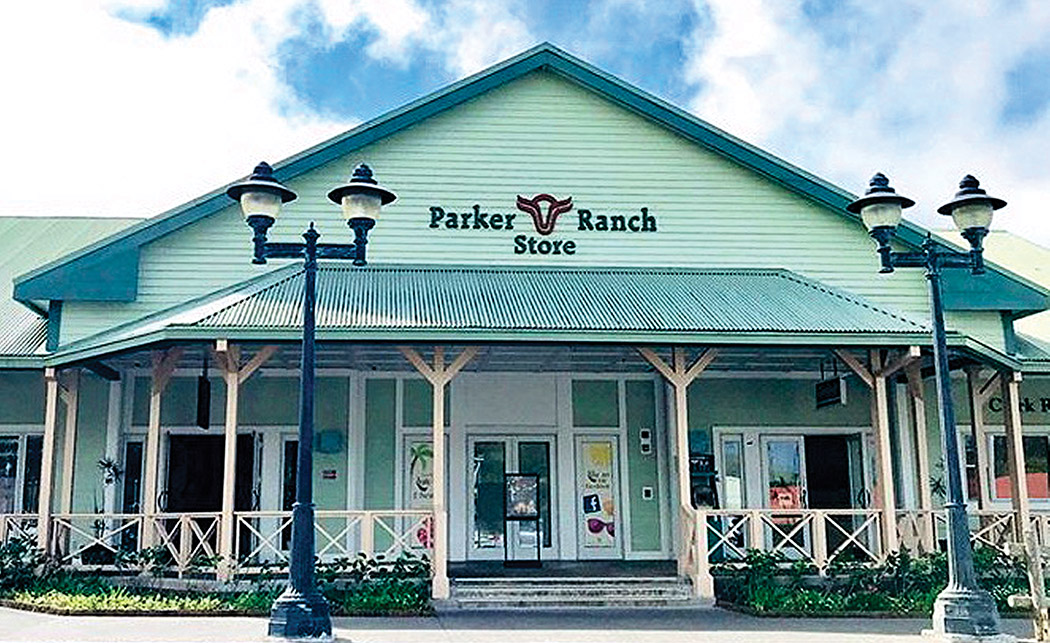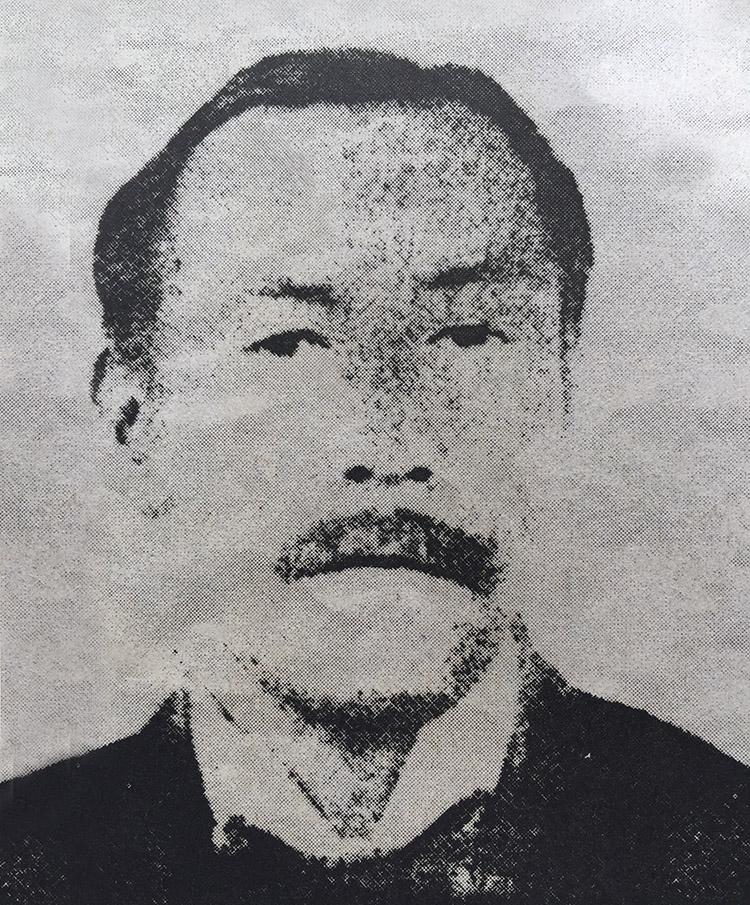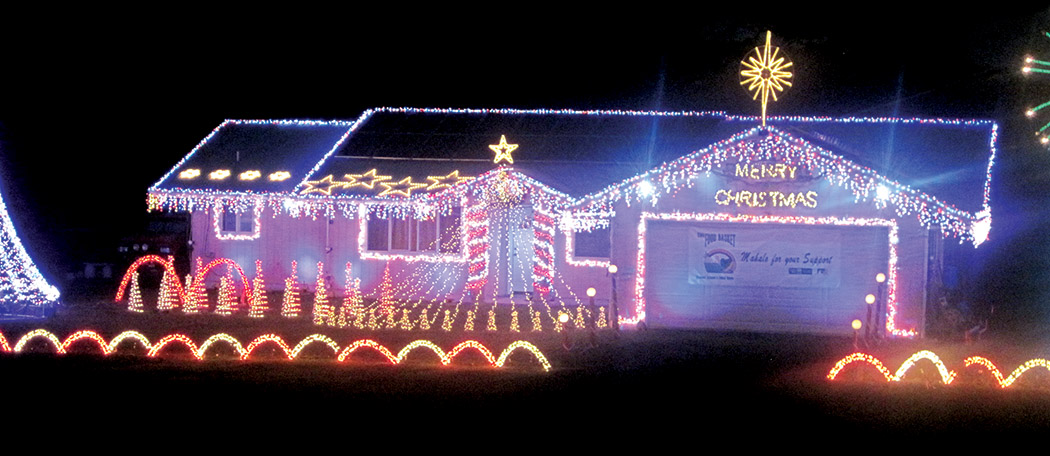
Puna Lights: A Beloved Holiday Tradition

By Denise Laitinen
Stanward Oshiro is hard at work making the holidays a little brighter for Hawai‘i Island residents. His annual synchronized Christmas light and music display in lower Puna has become a community favorite for more than a decade, drawing thousands of residents from across the island.
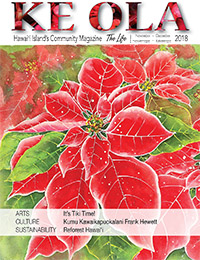
No mere light display, this feast for the senses is synchronized to music and even has its own FM radio station so spectators can watch and listen—all from the comfort of their cars parked in Stanward’s front yard.
The popular holiday display runs December 1 to 31 from 7pm to 9pm. Stanward says he aims for a December 1 launch, although he is sometimes delayed by a few days.
“People really enjoy it. There is really nothing to see in Hilo like the Honolulu City Lights. Sometimes it seems like the parents enjoy it as much as the children,” he says. [Editor’s note: Honolulu City Lights is a month-long December celebration on O‘ahu.]
It all started on a whim back in 2007 when a friend sent Stanward a link to a website featuring an impressive Christmas light display. Intrigued, the following year he started buying equipment to create his own Christmas light display.
An electrical engineer for Hawai‘i Electric Light Company, Stanward received a degree in engineering at University of Hawai‘i at Mānoa. While he says, “It definitely made it easier being an engineer,” he admits he learned how to make the displays by watching YouTube videos and seeking advice from others. He is a member of various online forums and Facebook groups dedicated to synchronized Christmas light displays.
“The synchronized Christmas light community is a tight knit community,” explains Stanward adding that fellow enthusiasts share tips and suggestions with aficionados around the country.
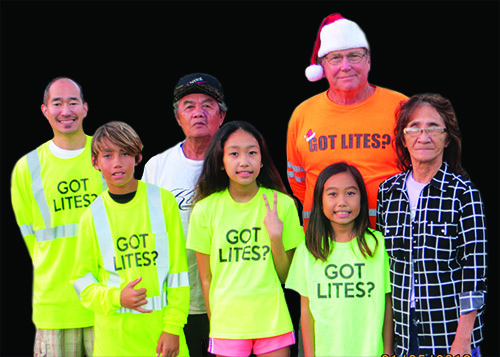
Stanward started small with the display, growing in complexity and size over the years, and adding more props and lights over time. “When I started in 2008, I had 16 channels controlled on a computer. That’s pretty much the smallest controller you can buy with 16 individual sets of lights flashing to music.”
By Christmas 2009, word of mouth about the display had grown to the point of causing traffic congestion on the narrow dead end road; the following year Stanward opened his front yard as a viewing area. At the time his yard could only fit 6–7 cars, and in 2011 he bulldozed his front yard to accommodate more cars. “Now I can fit about 20 cars in the front yard,” says Stanward. “During the peak times we might have 40 cars waiting to get into the yard.”
Between word of mouth and being mentioned on social media and the radio, people come from around the island to see the display. “I can tell the visitors from Kona because they come about an hour before the display starts. They come early just in case there’s traffic.” Stanward is mindful of the neighbors as well, stating, “I only do the light show two hours a night so it doesn’t go really late. I also go around pick up all the trash and my wife and relatives help direct traffic.”
All for a Good Cause
Stanward does not charge admission for his show and says, “In the early years people kept trying to give me money to pay my electric bill.” Instead, he decided to focus on the community and asks for donations for The Food Basket, Hawai‘i Island’s Food Bank. Since 2011, spectators of Stanward’s Christmas synchronized light display have donated 6,375 pounds of food and raised $8,176.19 for The Food Basket.
Cost of Electricity
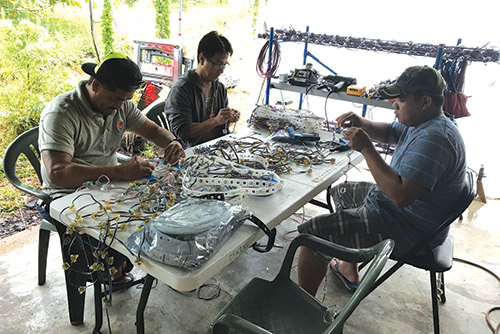
One of the most common questions Stanward is asked is about his electric bill. Since he doesn’t use traditional strings of lights in the display, his electric bill is not as high as people might assume.
“There were times that my electric bill went up only $50 for the whole month.” In 2012, he had a photovoltaic system installed; adding that since there isn’t much sun output in December, his electric bill is around $200 for the entire month.
Ever evolving, in 2015 Stanward started using all LED lighting in the show, which used less energy. The following year he changed the system yet again to all programmable pixels. Using pixels enables every single individual light to be programmable and different while keeping energy costs low.

The Light Displays
During this year’s display, Stanward will already start thinking about next year’s show. “I start thinking about the next show during the existing show. I start planning in January but don’t really do anything January through August, and then September I start building new displays.”
Stanward builds his own props to use in the displays. For example, in order to create his simulated fireworks display, he built a pole 20 feet tall.
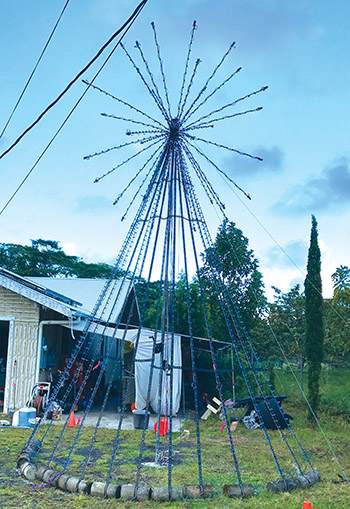
“September, October, and November I’m physically building the props. To buy some of these large props would cost thousands of dollars, so I wind up building my own. I like to do welding, and it definitely helps.”
The fireworks display has been his favorite prop that he has made. “I converted it to all pixels last year with the lights going up the pole and exploding in an array of colors.”
Come November, he spends about 150 hours on programming and 160 hours on physical setup for the various light displays. Stanward says each display takes about 20 eight-hour days to physically put together. That includes just putting up the display and does not take into account programming the music or lights.
“I save up my vacation and use it all to put up the display lights. I’m not at work much in November because I take so much time off to put up the light display.”
He does the bulk of the computer programming in November, which is no easy task, especially since the display changes every year. A time-consuming process, it takes five hours to program one minute of music.
When Stanward kicks off his display at the beginning of December, the show is about 30 minutes long and repeats itself on a loop. Throughout the month he keeps tweaking the displays, so that by Christmas day, the display may have 40 minutes of music.
Stanward uses open-source software that’s available for free to fellow synchronized Christmas light display creators. “There are different software programs you can get,” he explains. “The display can be as complicated or as easy as you want. In 2016, I changed to a free software program that creates code just for people that program Christmas lights.
“If you have an effect that you want to do, these computer programmers will try to create an effect or a tweak to the program for free. Several thousand people use the program across the country that are involved in Christmas light displays.
“There’s another entry-level program called Light-o-Rama. It’s geared toward the person who has no clue about electronics with no technical background.” When he first started creating displays Stanward says he used Light-o-Rama then switched over to the pixel-based design.
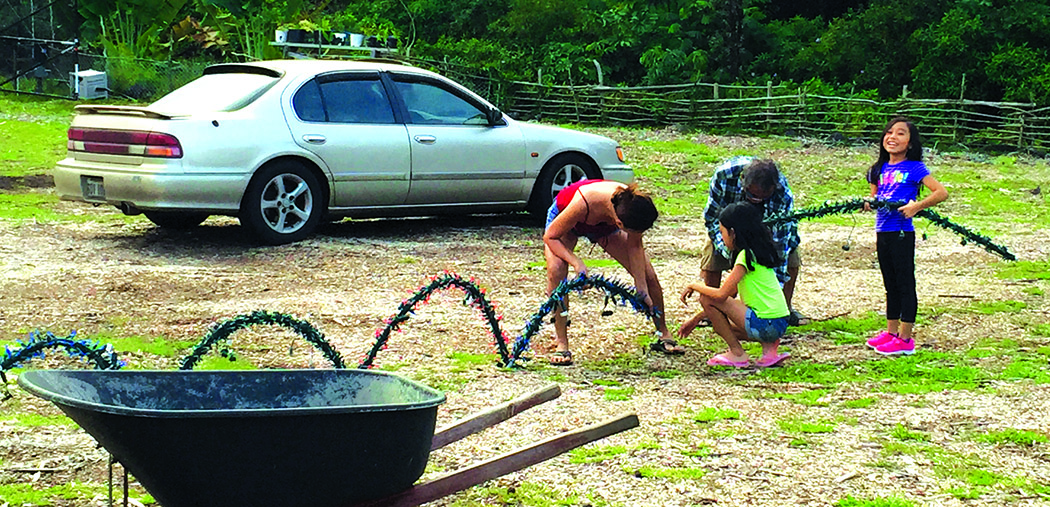
Song Selection
Stanward uses a wide range of holiday music in his synchronized light displays and notes that not all the songs he uses are Christmas related. His lightwork displays have included a Star Wars montage, rap songs, and the upbeat Justin Timberlake song “Can’t Stop the Feeling” from the movie Trolls.
Other music in previous displays has run the gamut from “Santaʻs Coming for Us” by pop star Sia, to “Filipino Christmas” by Frank Delima, to the iconic Trans-Siberian Orchestra performance of “Christmas Eve in Sarajevo.”
Stanward says he is open to suggestions about music to be featured in the displays, although he notes that people don’t realize it is not a simple task to program music.
Stanward plans to keep creating the annual synchronized light display well into the foreseeable future. It’s something his kids have grown up with and is not only a family tradition, it is also a community one as well.
“As long as I’m physically able to go up on my roof I’ll keep doing it. It’s such an addictive hobby. I try to outdo myself from the previous year. You’re not competing against anyone else but yourself.” ❖
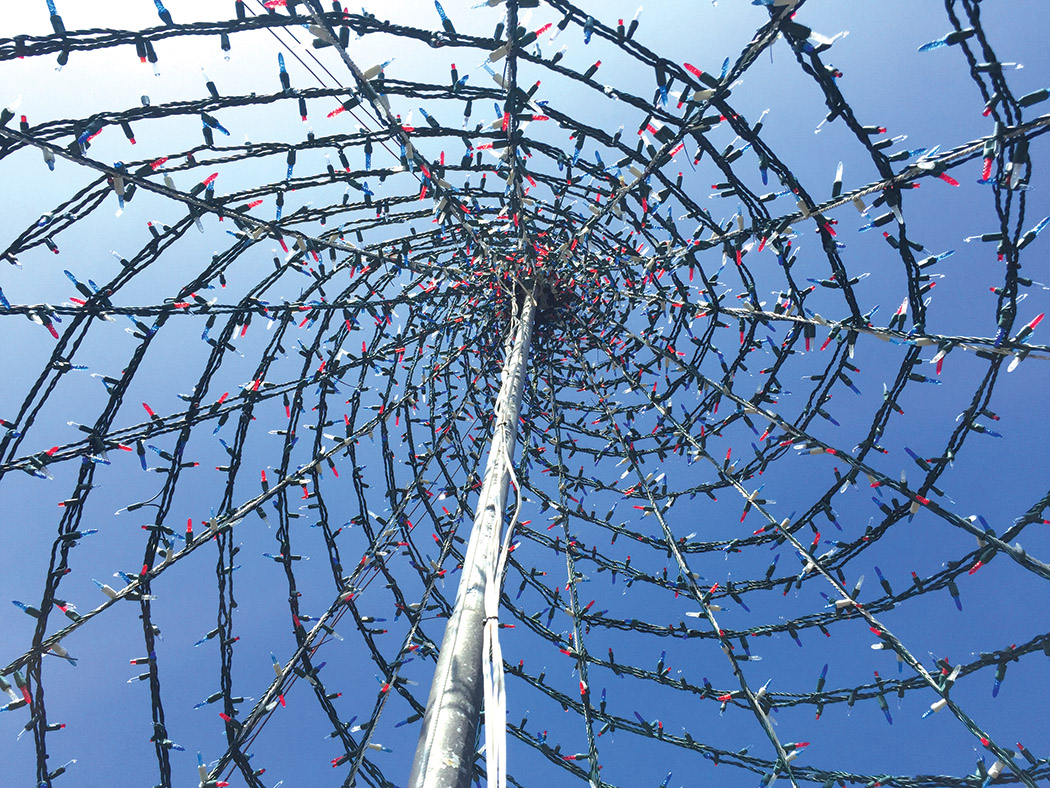
For more information:
Location: 15-2053 18th Ave. Hawaiian Paradise Park, Kea‘au
Facebook.com/punalights
YouTube: Stanward Oshiro
Mahalo Clark Realty Corp. – Home/Building Story Sponsor
